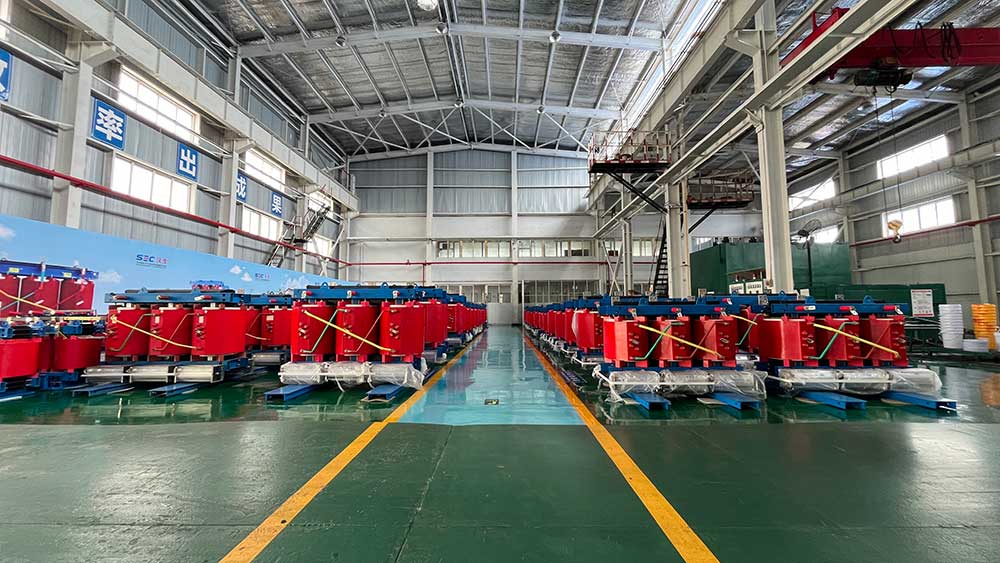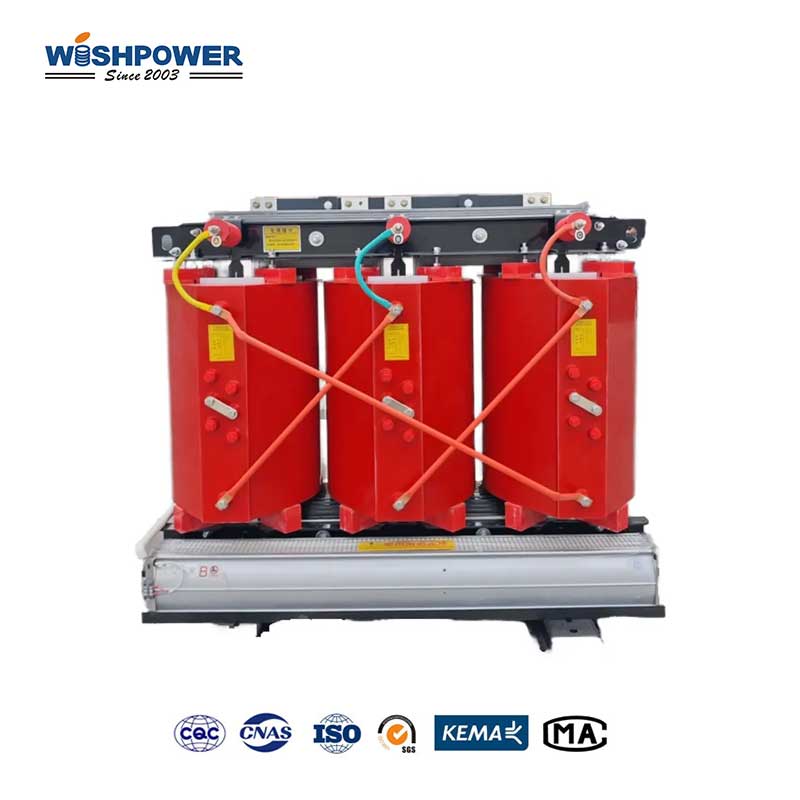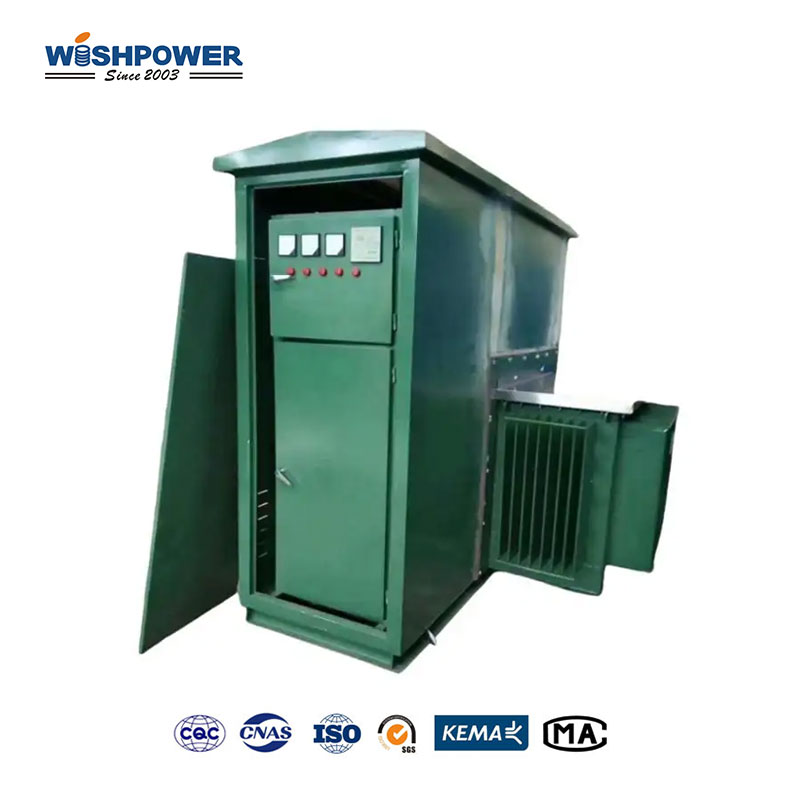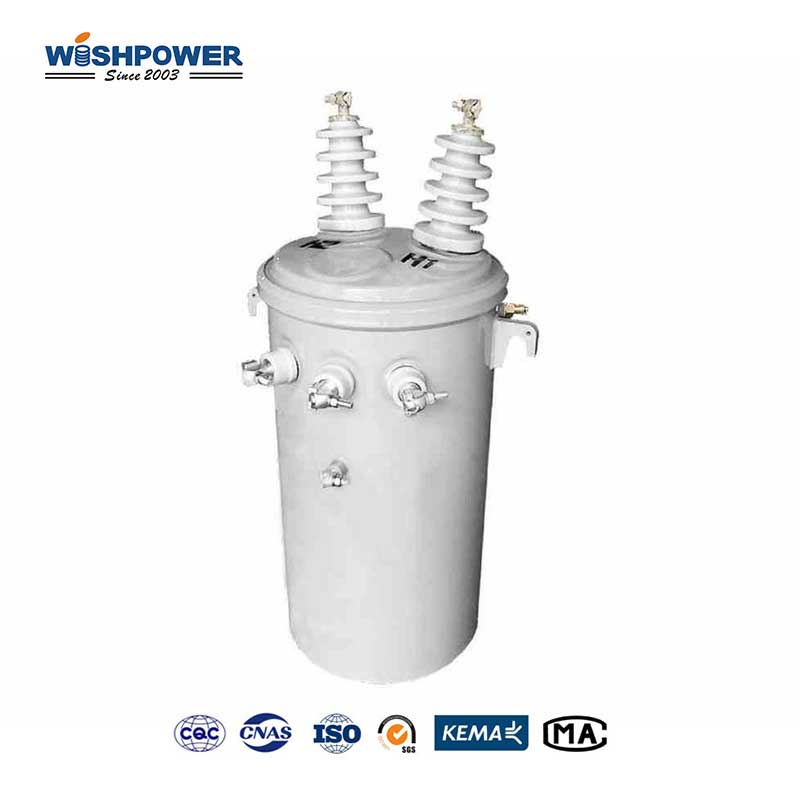What is a dry-type cast resin transformer?
The Dry Type Cast Resin Transformer operates as a high-performance transformer specifically made to convert voltages in electrical distribution systems. Such transformers differ from those containing oil because they employ winding insulation through resin impregnation. The unique design provides transformers with better safety features and operational efficiency in addition to environmental sustainability benefits. Industrial operations together with renewable energy facilities utilize Dry Type Cast Resin Transformers as their primary electrical power distribution devices for reliable efficient and safe transformations.

How Do Dry Type Cast Resin Transformers Work?
Like other transformers a Dry Type Cast Resin Transformer functions through electromagnetic induction to modify and transfer voltage. The primary winding accepts alternating current (AC) from the power source to generate magnetic fields that produce electrical voltage in the secondary winding. The transformer uses this method to change electricity voltage levels either up or down based on its specific design. The basic comparison between dry-type and oil-filled transformers rests on their choice of insulation materials.
The special resin acts as the insulating medium in dry-type transformers because the transformers use this material to impregnate their windings. Solid durable structures form through resin curing since this material delivers outstanding electrical insulation alongside effective heat dissipation as well as external environmental protection. Without oil as insulation material, these transformers eliminate two major safety hazards which results in reduced fire risk together with improved environmental protection.
Types of Dry Type Cast Resin Transformers
Medium Voltage Cast Resin Transformers
These transformers function properly in electrical systems that utilize voltage ranges from 1 kV up to 36 kV. Industrial plants and commercial buildings as well as substations benefit from using these transformers for their ability to distribute power safely with medium voltage requirements.
High Voltage Cast Resin Transformers
The high-voltage variations of these transformers serve electrical applications beyond 36 kV voltage levels. The transformers have widespread use in electricity generation facilities and for transmitting power between substations reaching elevated voltage levels.
Gas Insulated Dry Type Transformers
The use of gas insulation among Dry Type Cast Resin Transformers exists to boost safety levels and insulation properties. SF6 gas served as one of the insulating elements together with other gases to protect high-voltage systems by delivering extra insulation.
Low Voltage Cast Resin Transformers
Low-voltage dry-type transformers allow higher voltage transmission to be transformed into levels that would be safe for household and commercial applications. Low-voltage power transformers constitute an excellent solution for maintaining functional reliability across electrical systems that need a regulated power supply.
Benefits of Dry Type Cast Resin Transformers
Safety
Dry Type Cast Resin Transformers stand as a safe choice for power distribution as they lack oil which prevents fire hazards and leaks while minimizing contaminations. The safety needs of medical facilities together with residential zones and industrial sites call for this specific transformer standard.
Cost-Effectiveness
The longer-maintained Dry Type of Cast Resin Transformer remains more economical through lower energy costs and operational downtime savings despite its somewhat higher initial purchasing price relative to oil-filled transformers.
Reduced Environmental Impact
Such transformers represent a sustainable power distribution choice because they require no oil management thus decreasing the environmental impact of power networks. The extended operational period coupled with minimal maintenance duties makes these transformers friendly to the environment.
Conclusion
Modern power distribution embraces Dry Type Cast Resin Transformers because these units offer significant protective features together with maximum energy efficiency and environmental sustainability. These transformers serve as efficient and dependable voltage regulation devices that operate between commercial buildings and renewable power systems together with critical infrastructure and industrial facilities. These transformers deliver efficient power distribution because of their fire-resistant makeup durable design and easy maintenance features which enable them to last many years. The future of electrical power systems will benefit from increasing demand for dry-type cast resin transformers because industries focus on safety and sustainability improvements.
If you have different opinions or want to know more, please leave a message on the website or contact us directly at info@wishpower.net

















